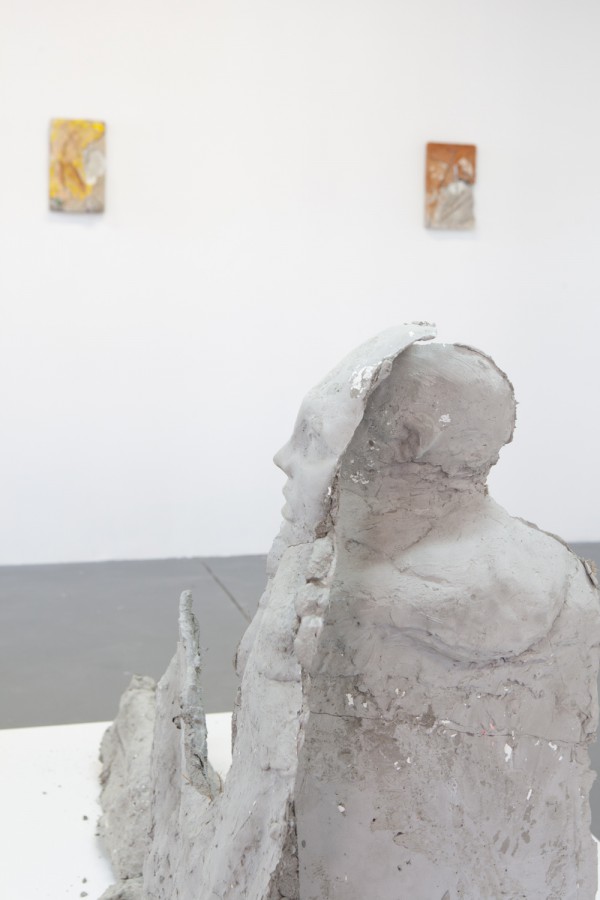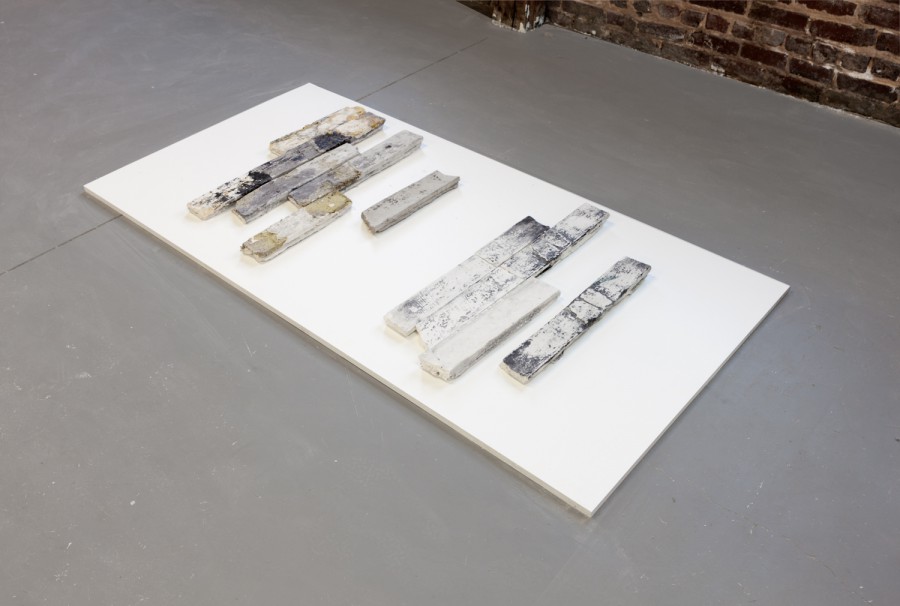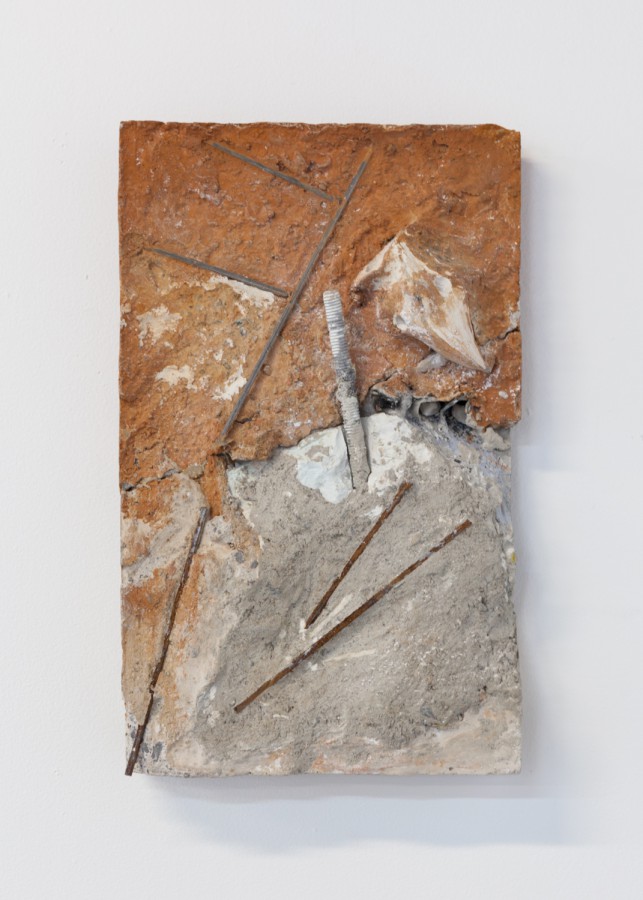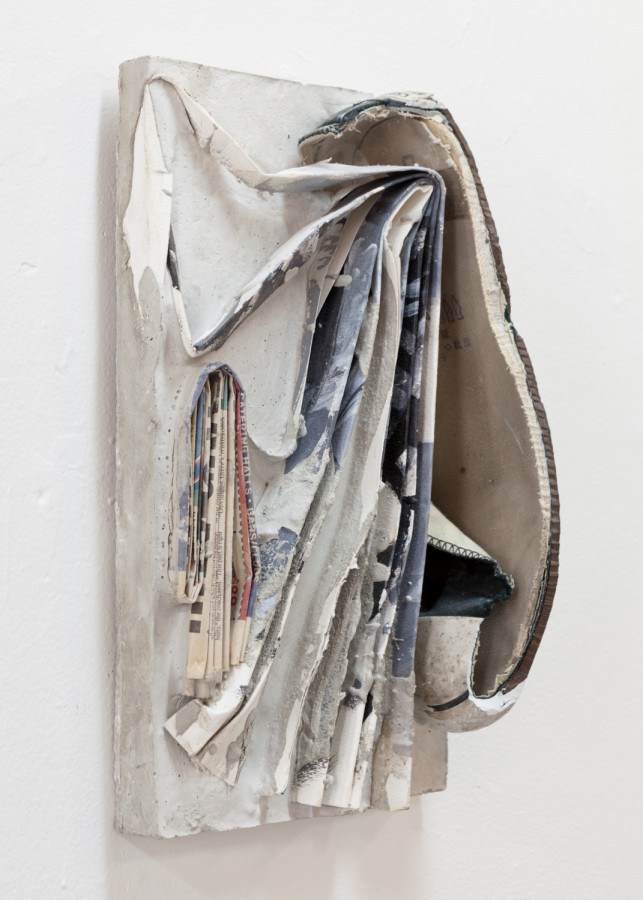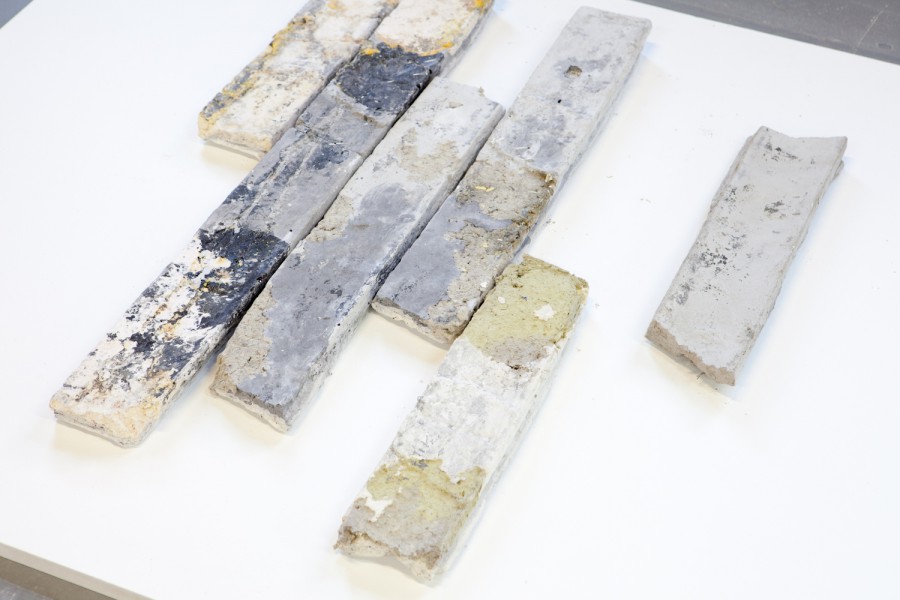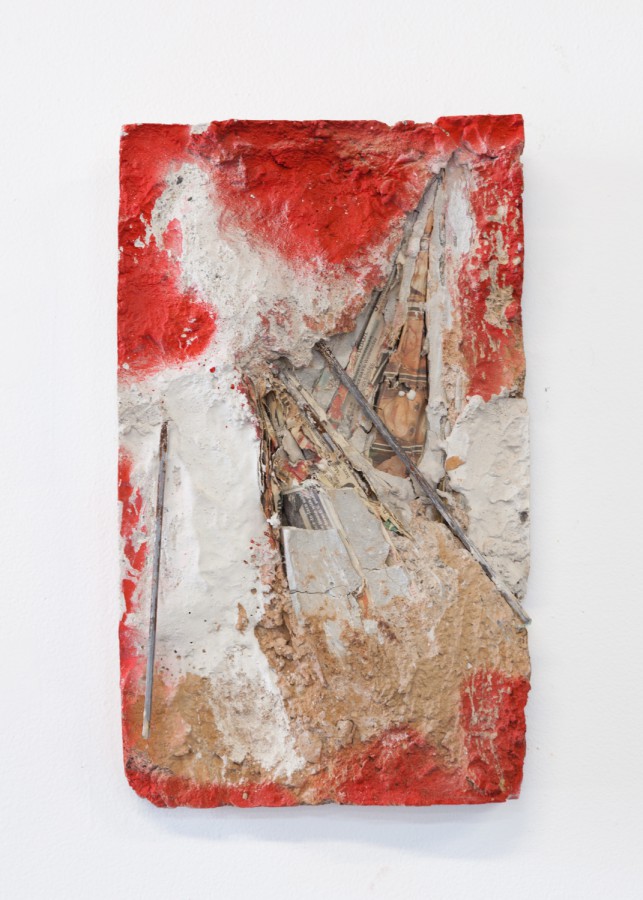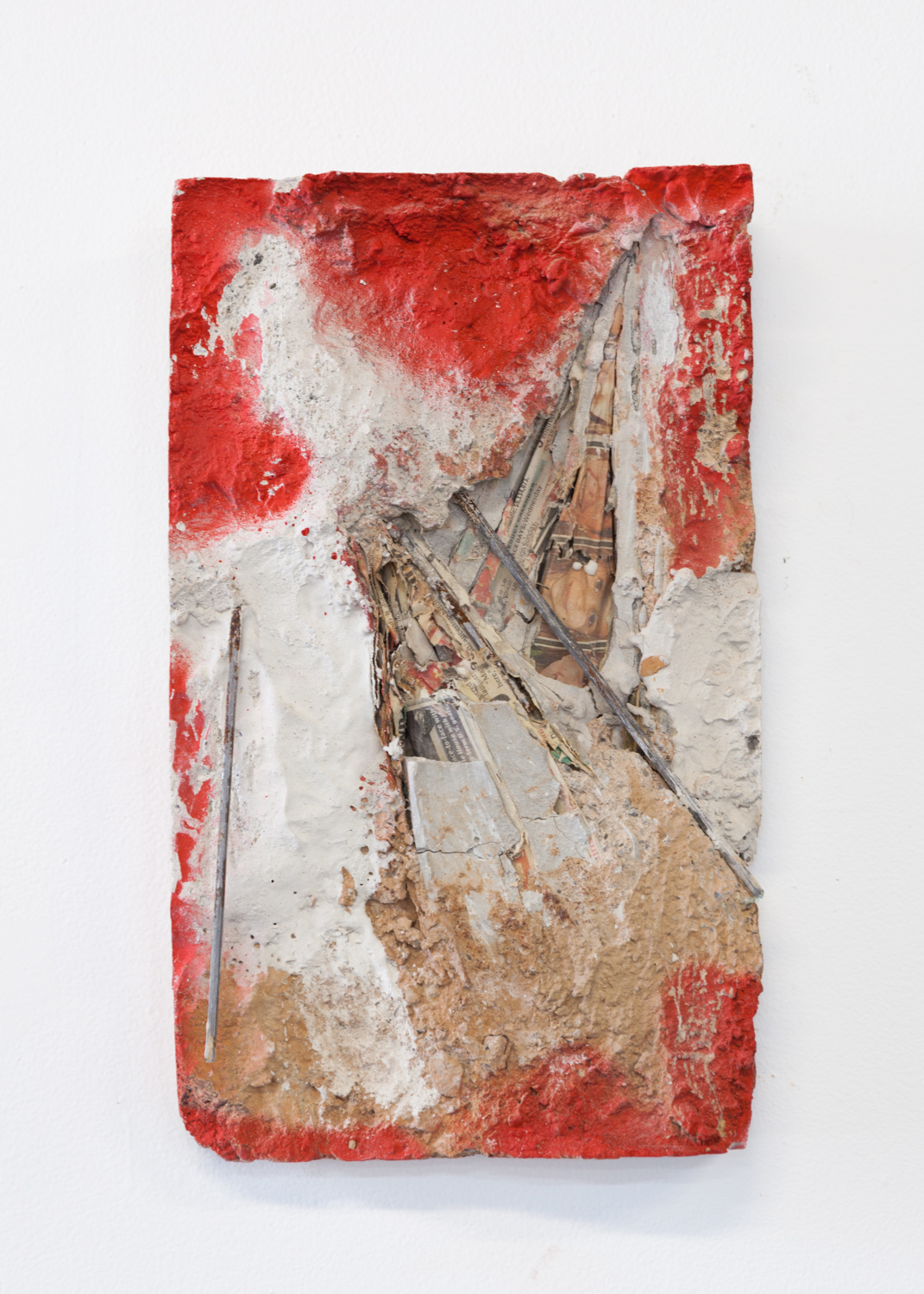
“Ruinology (from the Latin ruere , to destroy), or the science of creative destruction, arises from the need to understand
modernization, not in its conscious, willing processes, but from the marginal and residual point of view. Since viewpoint is what creates the subject matter of a study, as Ferdinand de Saussure has said, it is necessary to start by saying that it is a certain way of looking at reality that converts everything that is being observed into a ruin.
Beyond the catastrophic nature of this statement, the initial theory of this new science is that point of view is what creates the phenomenological reality of ruins in two senses: first of all, taking the chaotic, unexpected, and often unwanted aspects of those transformations motivated by an avant-garde initiative as an axis to be analyzed; and secondly, generating a meaning and establishing continuity between the past and the present. This initial premise—both subjectivist and epistemologically
relativist—must be colored by saying that a ruin, as an object in itself, effectively has a true existence that, nevertheless, is meaningless until it is placed in relation to a group of elements and facts that change it into a link in a chain of broader
meaning.”
-Gabriela Torres-Mazuera, “Notes Concerning a Science of Creative Destruction”
Species presents Meanderthal, the first solo exhibition by Brandon Ndife, featuring ephemera and industrial materials compressed, patinated, and carved into artifacts alongside a humanoid monument.





